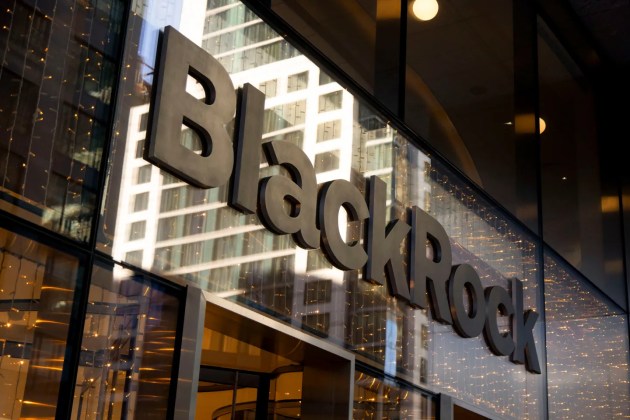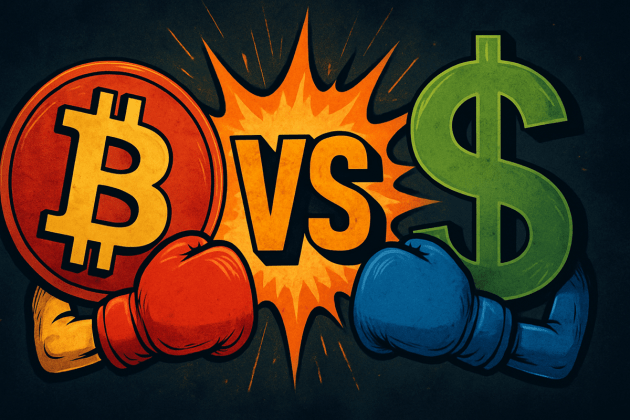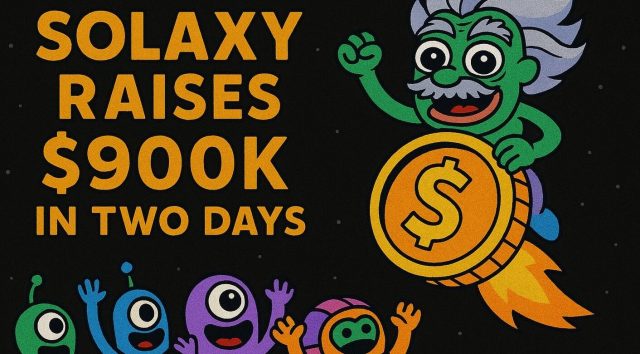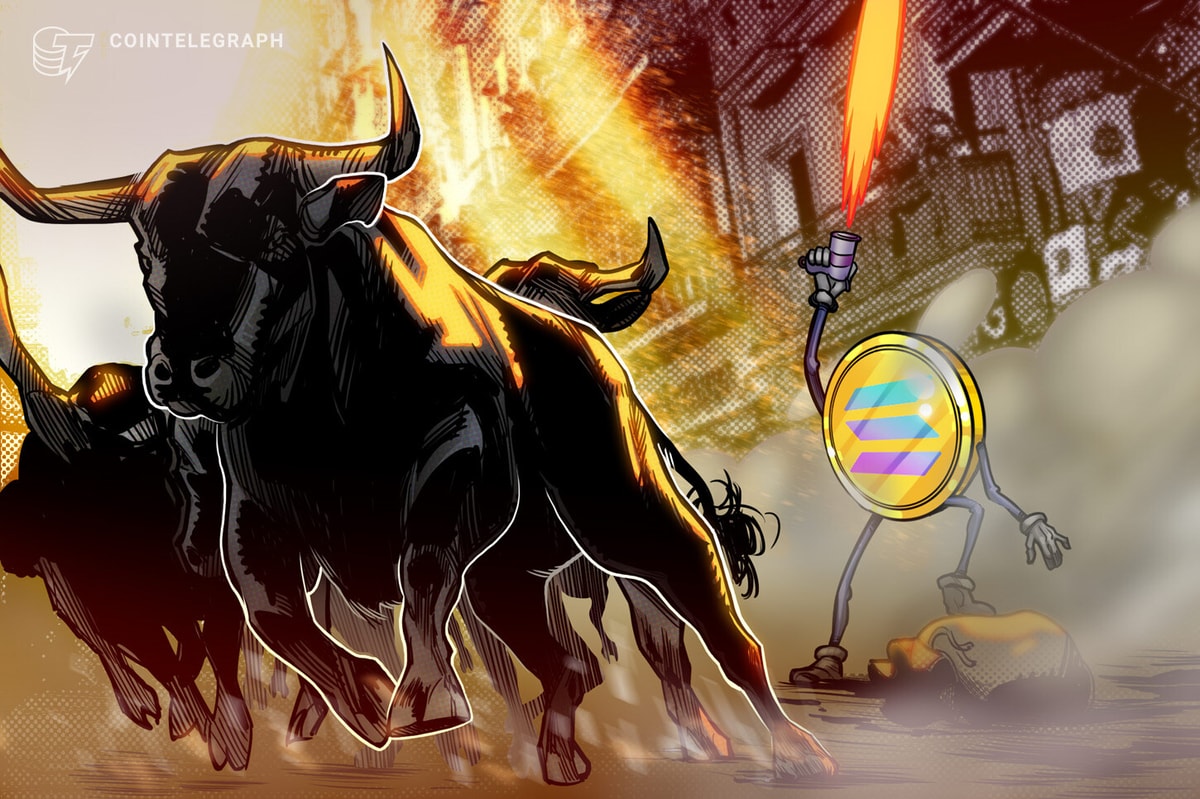
Seven years on, bitcoin still remains the largest digital currency by market capitalization. While bitcoin may have been the most volatile currency, it has since ceded that mantle to up-and-coming altcoins.
The transformation of bitcoin from a volatile experiment, to a “stable” form of electronic money is illustrated in Figure 1. The graph plots the 90-day moving average market capitalization of bitcoin against its 90-day realized volatility.

Volatility peaked alongside the market cap during the 2013 bubble. Over the past three years, the market cap fell substantially, then surpassed the 2013 high earlier this year. During the same period, volatility fell and continued falling.
The holy grail for many users is a digital currency that has a growing market cap and falling price volatility. A large market cap helps improve liquidity and reduce transaction costs. Falling volatility means that bitcoin can retain its value for longer periods of time. That helps facilitate its adoption in online commerce and as an asset for savings.
Bitcoin’s march toward reserve status is not welcomed by all. Many speculators, who account for a significant portion of trading volumes, prefer very volatile digital currencies. Short-term trades with high leverage can yield stupendous returns. As bitcoin’s volatility falls, it becomes boring and speculators search for the next hot altcoin.
The solution to a boring coin is more leverage. Given the increasing liquidity, leverage offered by trading platforms will increase, and retain the attention of speculators. If the volatility keeps falling, 500x and 1,000x leveraged trading will become increasingly popular.
Regardless of the form, increased leveraged trading via derivatives bleeds into the spot market. Market makers must buy or sell the underlying asset to remain hedged and earn the bid/ask spread. Increased spot trading volumes help commercial users of bitcoin reduce their transaction costs. More commercial users means greater adoption, and hopefully a higher price.
The Next Frontier

Ether, the token that rides on the Ethereum blockchain, was a boring altcoin until early 2016. The price spiked over 1,000 percent in a few months. Figure 2 is the ratio between Ether and Bitcoin’s realized 90-day volatility. The ridiculous volatility drove on-exchange trading volumes over that of bitcoin for a short time.
Ether’s market cap surged to a high of US$1 billion in the spring of 2016.The smaller market cap means that it is easier to push the price around. Large whales can cause significant price volatility using relatively little capital. Many think this is counterproductive to a successful currency. But without greedy and impatient speculators, where will the liquidity come from?

Monero’s impressive rise from obscurity has captivated traders over the past month. Figure 3 represents the seven-day realized volatility of Monero. At times, Monero has become the most traded product on the BitMEX exchange. Traders are flocking to the Monero futures contract because the price can move by percentage points in a few minutes. With 10x leverage, you can double your stack quite quickly.
Bitcoin illustrates that for any coin to be successful, speculators must be attracted first by high volatility. The coin may be illiquid, but that is exactly what produces the wild price swings that will keep traders captivated. Volatility is the best form of advertising. A coin that is not volatile has either died, or is on the path to reserve status like bitcoin.
It is telling that the most liquid pair for any altcoin is its exchange rate vs. bitcoin. At the end of the day, speculators want their profits denominated in the world’s most “stable” digital currency.
Data Sources:
Figure 1, Quandl
Figure 2, ETH BitMEX and Bitcoin Quandl
Figure 3, BitMEX
This op-ed is a guest post by Arthur Hayes. The views expressed are his own and do not necessarily represent those of Bitcoin Magazine.










